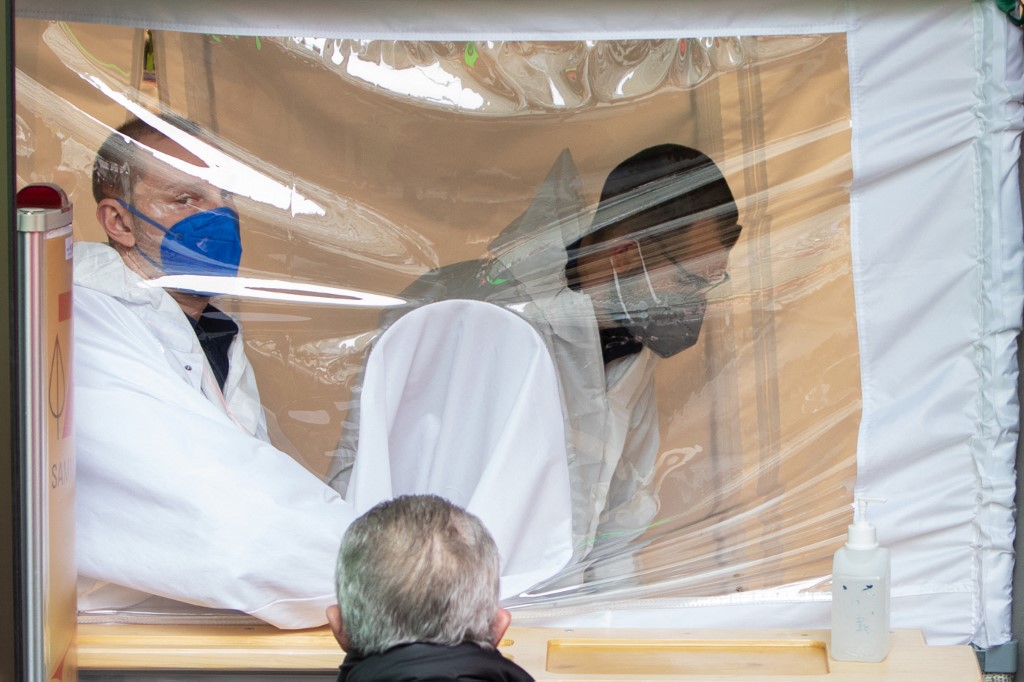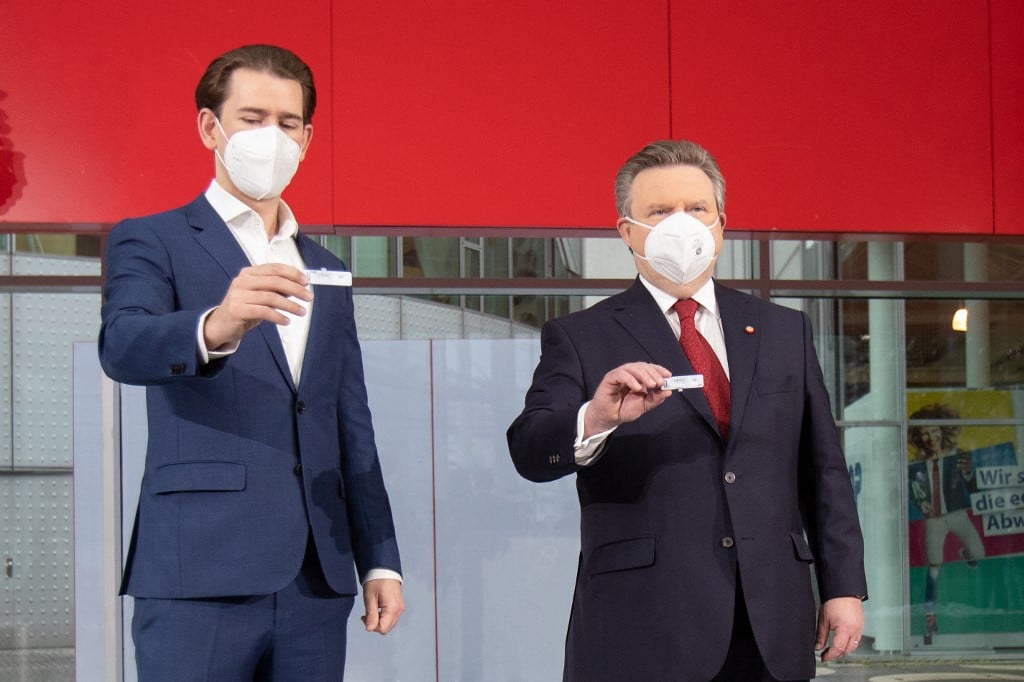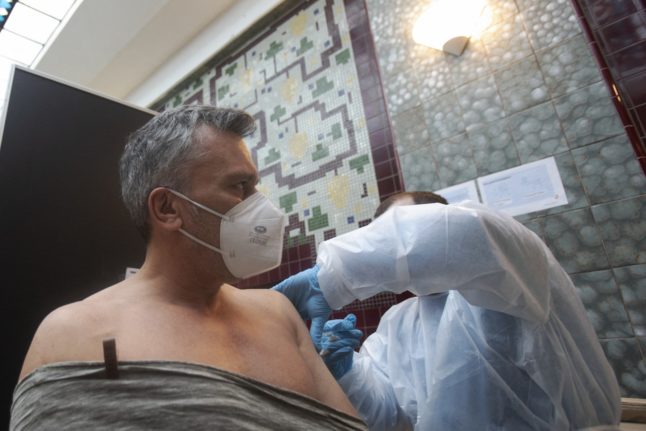What is the government's strategy?
Austria's vaccine rollout is going slowly, although more deliveries of vaccines are promised by the EU in the coming weeks.
In the meantime, Austria is ramping up coronavirus testing, offering one of the most comprehensive testing strategies in Europe.
Schools, hairdressers, tattoo parlours, care homes and in some cases ski resorts are now open only for those with a recent negative coronavirus test available free from one of Austria's many test centres or pharmacies.
Children are tested twice weekly at school to avoid coronavirus outbreaks.
The government has said it may be possible to open open cafes and restaurants next month provided people provide a negative coronavirus test before entering the establishment.
There are also calls for sports centres, music venues and even brothels to open in connection with testing strategies.
Legislation for “entry tests” was not passed earlier this year. Many found the idea controversial and Austria's Chamber of Commerce complained it would be impossible to enforce.
But testing is still being proposed as a way out of lockdown – and Austria is leading the way in this regard.
Why testing?
The strategy of offering free rapid tests reduces the risk of infection through contacts. For example, many people decided to take a test before meeting relatives or friends at Christmas.
It is possible if a large enough proportion of the population tests itself regularly, and infected people and their contacts are isolated through professional contact tracing, testing could have a similar effectiveness to lockdown.
Austrian simulation researcher Niki Popper has published research with modelling showing infection levels could stay stable by regular and frequent testing of households in Vienna with school age children, assuming a positive test meant the whole household went into quarantine.
In reality however, it is difficult to say how many infectious people would not be picked up by testing, and how it would change the population’s behaviour.
Austrian newspaper Wiener Zeitung says having a social life as before the pandemic would not be possible using only weekly testing to control infection numbers.
For the strategy to be effective, participation must be high, and this is the reasoning behind the government making tests mandatory for certain professions, schools and hairdressers.

What tests can be used to find out if you have coronavirus?
Two tests are currently available to detect coronavirus.
The PCR test, which needs to be processed in a laboratory and the antigen “rapid” test. The rapid test works best as a preliminary diagnosis, as it gives quick results, but is less accurate. The PCR test is more accurate, but takes longer to get results.
Why are rapid tests less accurate?
A negative antigen test result does not mean that you are definitely not infected.
After infection, it takes an average of five to six days for symptoms to appear, and around 20 percent of people with coronavirus have no symptoms.
During this incubation period, the virus multiplies exponentially, but the antigen tests only work when the amount of virus is very high.
With completely symptom-free infected people antigen tests show a false negative result in more than half of the cases.
For this reason, researcher Popper has recommended that antigen tests be carried out more frequently.
So why use antigen tests?
Antigen tests are still useful to find people who are highly infectious, in particular the so called “super spreaders” of infection.
Scientific evidence shows there is a connection between high levels of virus and how infectious a person is.
Antigen tests, which work best at detecting people with a high viral load, are useful in this instance.
Even before the onset of symptoms, the amount of virus and thus the risk of infection can be high. It can also be difficult to recognise the first symptoms of Covid-19, which can include fatigue, diarrhea or headaches.
Research on testing strategies by Harvard University has shown effective screening depends more on how often you test and how fast results are given, rather than how sensitive the test is.
How long is a rapid test valid?
If you want to visit a nursing home, you must have a negative antigen test which is not more than 24 hours old, whereas there is a 48 hour window for hairdresser visits.
However, as the virus multiplies exponentially in infected people, antigen tests offer little reassurance you are not infectious to others.
A PCR test, on the other hand, is much more sensitive and can find very small amounts of virus before you become infectious.
What are self tests?
Self-tests are basically antigen tests. From March 1st these will be dispensed free of charge through pharmacies all across Austria, five per person per month.
A sample is taken either with saliva or by swabbing the nasal cavity, as is currently done in schools.
The result should be checked exactly after the specified time, or there could be a false positive or false negative result. If taking a saliva test, it is recommended you do not eat, drink or smoke for an hour beforehand.
Do rapid tests also work with variants?
It is believed the tests do work with the known variants, but it is plausible the mutated viruses are more contagious, and allow infected people to infect others with less virus.
This would make antigen testing less effective.



 Please whitelist us to continue reading.
Please whitelist us to continue reading.
This is a smoke screen in many ways. The only way out of this Pandemic is to vaccinate, vaccinate, vaccinate. Sadly this is not happening with no end in sight to the terrible shortages as a direct result of EU Commission incompetence, arrogance and lack of any accountability.